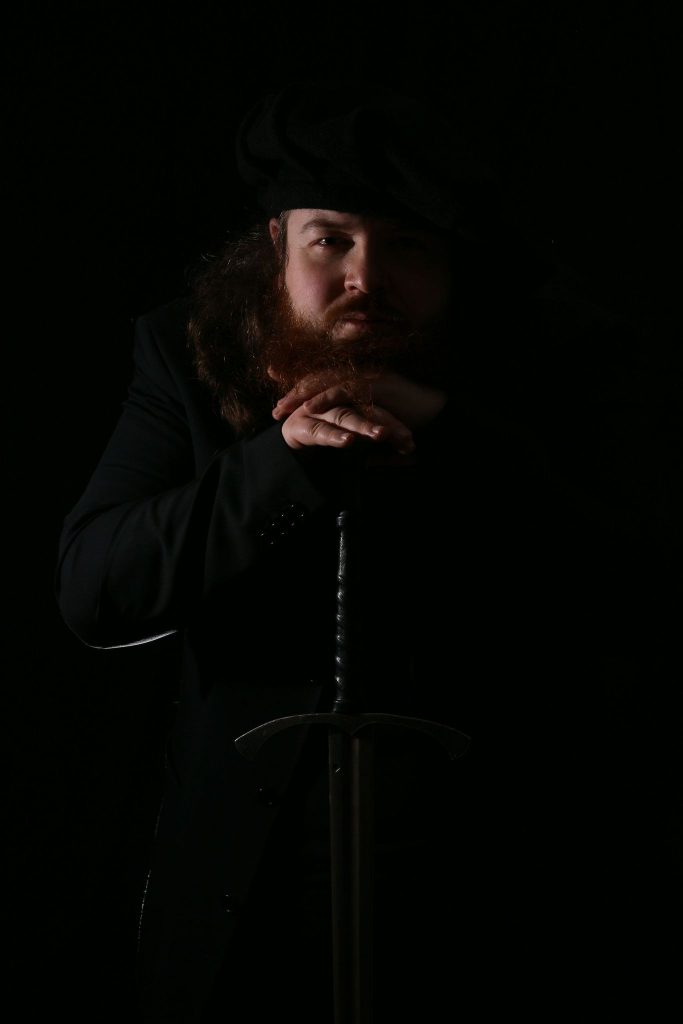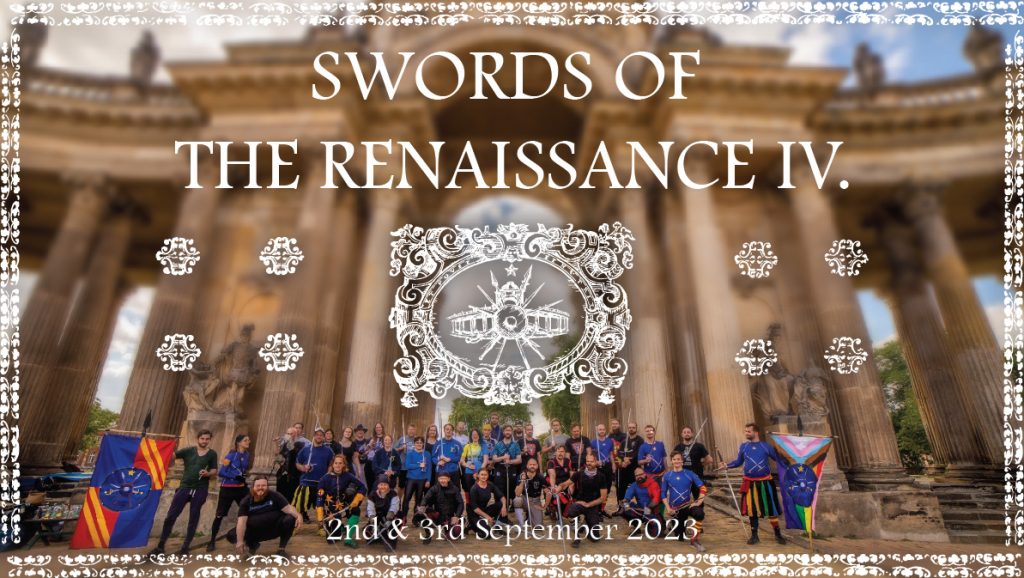
When?
2rd & 3th September 2023,
Currently the event is fully booked
closed: Waitinglist, if a slot opens up, we will send you a registration link.
Where?
Primary location: Am Neues Palais, Potsdam 14469
Alternative location (in case of weather): Sporthalle OSZ Technik 1 (Ulanenweg, 14469 Potsdam)
What?
This event is dedicated to the different styles and weapons of the Renaissance. This is intended to provide an overview and provide space for exchange and experimentation. There will be 4 workshops, but also plenty of time for questions, discussions, exchanges and free fencing! The aim is to create an open space that reflects both the diversity of the historical martial arts between the 15th and 17th centuries and the diversity of today’s practitioners. Everything used in the Renaissance is welcome though.
A lunch buffet like last year will be organized. In the evening we will go out for dinner close to the event location. If the weather is good, the event will held outdoors and will be open to spectators. If it rains we move into the hall and stay among ourselves. There is no tournament or other kind of competitive scenario at this event. The common denominator is cooperative and friendly fencing environment.
Masks, neck protection and (light) gloves belong to the minimum to be able to safely participate in all workshops. A fencing jacket is also pleasant, especially in thrust-oriented workshops.
Timetable:
| Saturday | Sunday | |||||
|---|---|---|---|---|---|---|
| Ground I | Ground II | Ground III | Ground I | Ground II | Ground III | |
| 9:00 – 9:30 | Registration | Waking-Up | Open-Ground | |||
| 9:30 – 10:00 | Welcome & Warm-Up | Warm-Up | ||||
| 10:00 – 11:30 | Workshop: Guy Windsor | Workshop: Ton Puey | Open-Ground | Workshop: Viktoria Chudinov | Workshop: Adrian van Bronswijk | |
| 12:00 – 13:30 | Lunch | Lunch | ||||
| 13:30 – 15:00 | Workshop: Katja Poppenhäger | Workshop: Viktoria Chudinov | Open-Ground & Discussion | Workshop: Adrian van Bronswijk | Workshop: Katja Poppenhäger | Open-Ground & Discussion |
| 15:00 – 15:30 | breather | breather | ||||
| 15:30 – 16:15 | Workshop: Ton Puey | Workshop: Guy Windsor | Break-out: Alexander Fürgut | Break-out: Floris Gerber | ||
| 16:15 – 17:00 | Break-out: Elmar Homann | Break-out: Cornelius Berthold | ||||
| 17:00 – 18:00 | Open-Ground & Discussion | Farewell | ||||
| 19:00 | Social Event: Bar & Pizza | |||||
Our workshops (90 min):
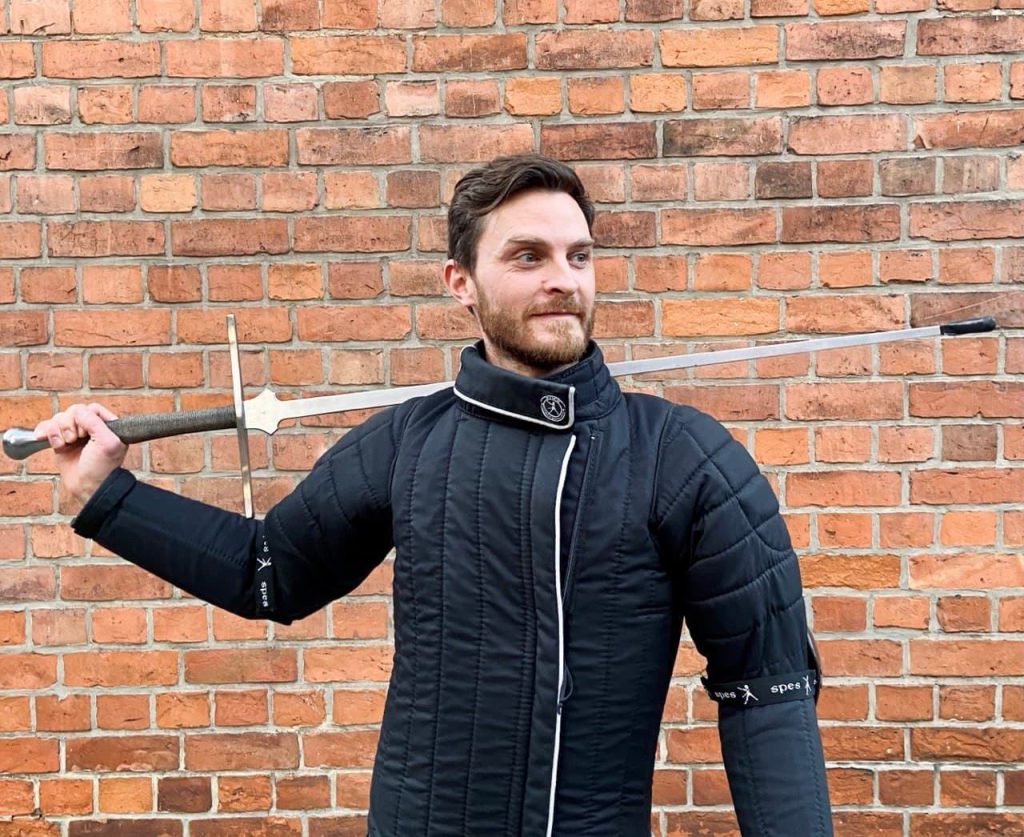
There was indeed a renaissance – Camilo Agrippa and his influence on more modern didactics of fencing
In 2022, Dr.Lynette Nusbacher showed „There Was No Renaissande“ in her lecture and practice on Salvator Fabris, making the case that their fencing actions were actually within a countinuous line based on earlier styles and techniques.
In this years workshop we want to approach the subject in question – was there a renaissance (in fencing) – from a different angle: Camilo Agrippas approach to analyzing and teaching fencing techniques and tactics breaks with earlier traditions and acts as a base for more modern didactics and fighting styles. We will dive into what sets Agrippa apart in a short lecture and then look into his method in practice.
About the instructor: Adrian got into HEMA in 2008, after having dabbled in different martial arts since his early teens. Few months in, he already knew he’d want to go all the way. In 2013, Adrian finished his fencing teacher’s degree at the German Academy of Fencing (ADFD) and founded his own fencing school in Lüneburg, north Germany. With his background as a PE/Sports teacher, his focus lies in good biomechanics and healthy execution of the HEMA sports, while always looking for the martial foundations of sword fencing arts.
A walk in the park – How to wound your opponent without stopping or waiting for tempo, a-la Salvator Fabris
In this workshop we will dispose of advances, lunges, step-lunges, ballestras and other bullshit like that and focus on one of the simplest things we can do – walking. We will take a stroll through Fabris’ peculiar way of fencing, introduced in the second part of his book (you know, the one everyone kinda ignores?). Expect to sneak around like a ninja, dance more than a diestro, embrace your inner penguin and use the superpower of taking a casual stroll to hit your opponent. By the end of it all fencing for you will be no more than a walk in the park.
Sources: Lo Schermo, overo Scienza d’Arme, C-13, Vienna anon
Minimum equipment: Mask, glove, weapon of choice (no polearms please, a companion weapon is optional), plastron Recommended equipment: All of the above + jacket and neck protection.
About the instructor: Victoria is teaching HEMA in Københavns Fægteklub in Copenhagen Denmark. She has been fascinated with swords ever since she could pick up a stick without poking her eye out, and has been doing HEMA for the last 15 or so years with emphasis on the rapier (and a little longsword on the side). Her main interests are in Salvator Fabris and Thibault D’Anvers, but really any fencing that departs from the conventional and well-tested path, has dirty tricks, pocket sand, beer mugs or just looks cool.
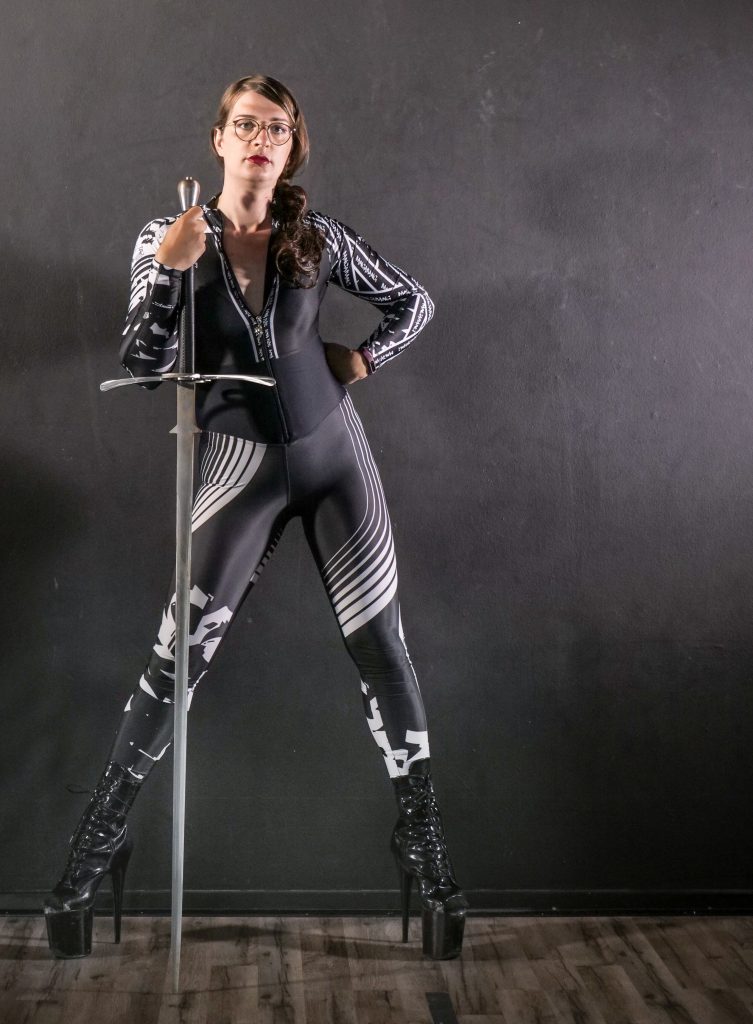
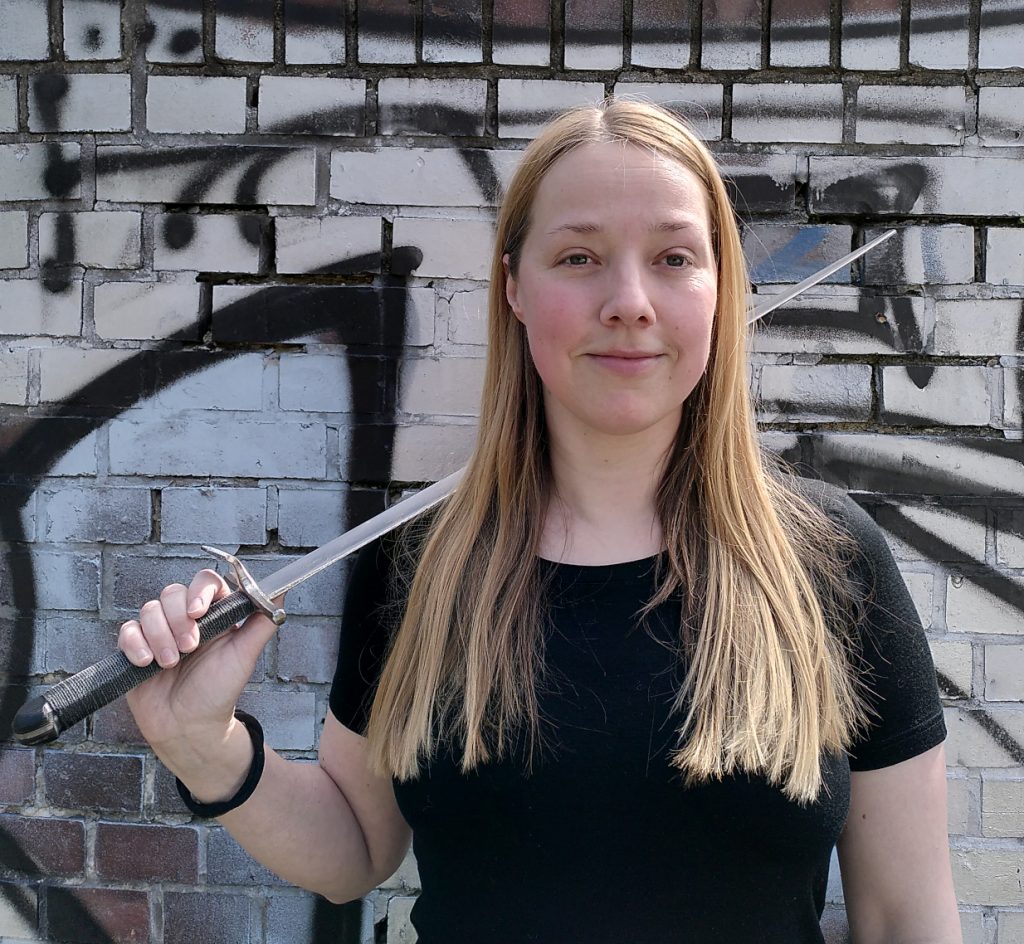
Fun with the Messer
The messer was a popular weapon in the late fifteenth century, but many techniques survive well into the sixteenth century. In this workshop we will take a look at the most interesting techniques from Lecküchner’s fencing manual for the long Messer. Since the Messer has a shorter blade than for example the sidesword, the rhythm and play with distance works out in different ways. Starting from simple attacks and parries, we will build up to more elaborate plays with many counters (just when you think „there can’t possibly be yet another counter“ – yep, there is still one more).
Minimum equipment: The workshop can be done without protective gear, but bringing along a mask and gloves if you wish for some protection is also fine. Participants should bring a one-handed weapon, ideally a Messer, or the shortest sidesword/broadsword/arming sword they have.
Katja became interested in HEMA after taking a taster class in longsword fencing from Athena School of Arms at a fantasy convention in Boston. She started studying the German longsword there, and later moved to Belfast where she added Lecküchner’s Messer to her portfolio. At Medieval Combat Group Belfast she also became a HEMA fencing instructor. In 2018 she moved to Germany and became a member and workshop instructor at Schildwache Potsdam e.V., with a stint at the German women’s national team for longsword fencing in 2020. While being a dedicated fan of the German sources, she is currently learning that maybe the Italian sources aren’t so bad after all…
The first stage of Verdadera Destreza
True Skill is a system in the middle of the 16th century for weapons that provided moderate protection to the hand that wielded them compared to the following century, the golden age of the system. In this workshop we will work on the most common techniques of the system but adapted to these weapons, as they might have been at the time of their creation, both in the context of their practice against other practitioners of the system and their application against the techniques of the other schools of the time.
The necessary material for this workshop will be the swept hilt swords (although it will also be possible to use side swords or cuphilts, etc.), mask, gloves and jackets.
About the instructor: Ton Puey is the technical director and Master of Arms of Academia da Espada, focused on the study of la Verdadera Destreza with the weapons of the moment of greatest splendor of the discipline, such as the rapier sword, alone or combined with dagger, buckler or rodela, and polearms in addition to work in the interpretation of the rules of the montante of the sixteenth and seventeenth centuries and the study and interpretation of the other current fencing of the peninsula, especially the, so far , the , only treaty not belonging to the Verdadera Destreza preserved, the „Art of Fencing“ by Domingo Luiz Godinho. He is also deputy director and member of the editorial board of AGEA editora, one of the longest-running publishers in the world of European historical martial arts, specialising in the critical edition of treatises written in the Iberian Peninsula. In addition to his usual work as an instructor in A Coruña, Galicia, he has taught seminars in France, Austria, Italy, Slovenia, belgium, Holland, Ireland, UK, Greece, Cyprus, USA, Mexico, Australia, Poland, Russia, Sweden, Denmark, China, Portugal and SpainIn 2015 he is recognized as Mestre de Armas by HEMA Portugal and in 2018 as the first Non-Italian Historical Fencing Master by the Italian Fencing Federation.
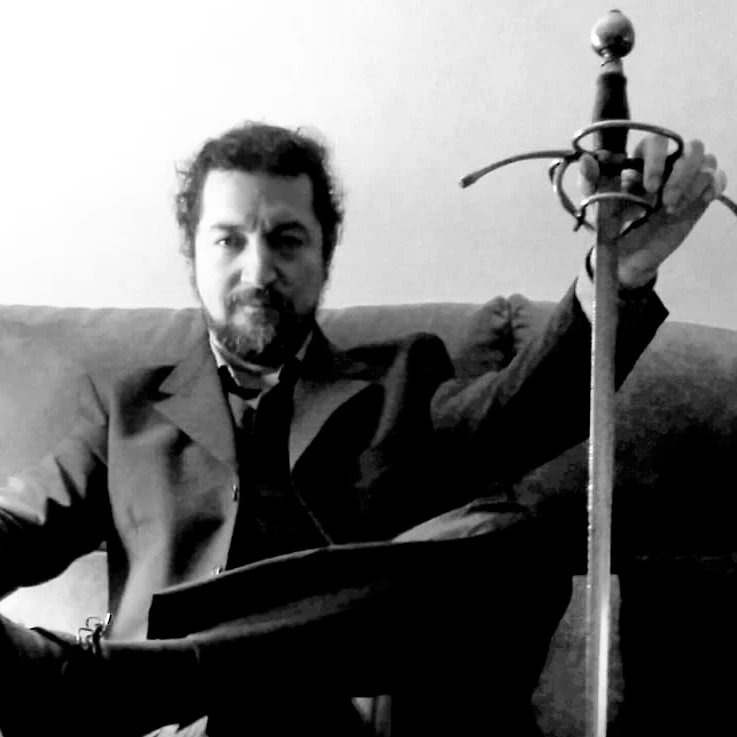

The Longsword of Philippo Vadi
Philippo Vadi wrote his treatise De Arte Gladiatoria Dimicandi (The Art of Sword Fighting in Earnest) for the Duke of Urbino some time between 1482 and 1487. It includes 16 chapters of longsword fencing theory, and illustrated groups of plays on the longsword out of armour, longsword in armour, pollax, spear, and dagger.
In this class we will cover the main points of Vadi’s longsword, concentrating on the areas where he differs from Fiore. This will be based on my translation and interpretation of De Arte Gladiatoria Dimicandi. You can find a free copy of the translation here.
The class will begin with a brief planning session: if you have specific requests for material to cover, ask for it! We will then start with basic sword handling drills to introduce you to Vadi’s fendente, rota, and volante blows, and his guard positions, then we will work through some of his plays. As with all my classes, the exact content will be determined by the interests, requests, and experience levels of the students present.
Requirements: longsword, mask.
About the instructor: Consulting Swordsman Dr. Guy Windsor is acclaimed and respected both as a teacher and a pioneering researcher of medieval and renaissance martial arts. He began his professional historical martial arts career when he founded The School of European Swordsmanship in Helsinki, Finland in 2001. Awarded a PhD by Edinburgh University for his seminal work recreating historical combat systems, Guy has written numerous books for historical martial artists, such as The Medieval Longsword: A Training Manual for , The Medieval Dagger, From Medieval Manuscript to Modern Practice, The Art of Sword Fighting in Earnest, The Duellist’s Companion, The Swordsman’s Companion, The Theory and Practice of Historical Martial Arts, The Rapier Workbook series, and The Armizare Workbook.
He has traveled the world as an in-demand teacher and lecturer, and even developed the card game Audatia – bringing the thrills of historic swordfighting to the modern gaming audience. He has also created a huge range of online courses, covering medieval knightly combat, sword and buckler, rapier, remedial training, and even how to train alone. Now, Guy splits his time between researching historical martial arts; writing books and creating online courses, teaching students all over the world; and working as a consulting expert. He runs the popular historical martial arts podcast The Sword Guy, interviewing historical martial artists and experts from a wide range of related disciplines.
You can find him and his work online at swordschool.com.
Our break-out sessions (30 – 45 min):
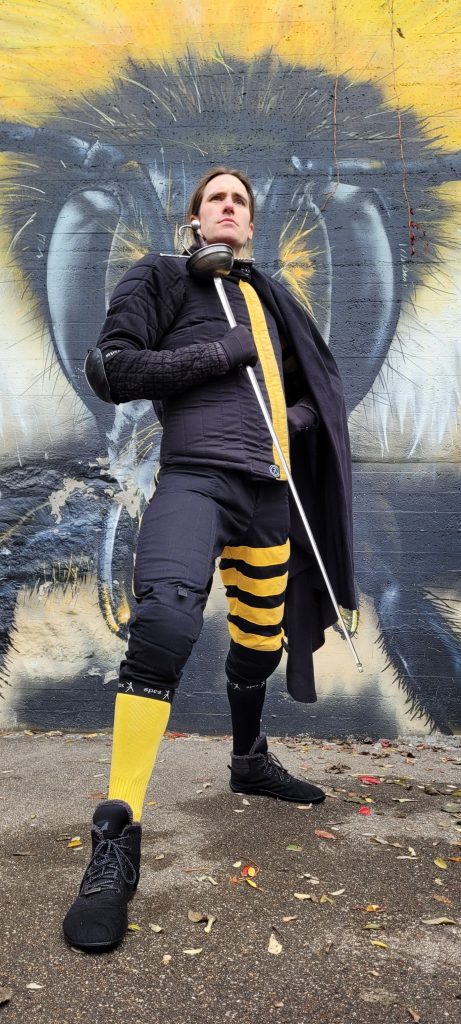
In speed we t(h)rust
Can you never quite attack an opening when it presents itself? Are even slower opponents always getting the best of you? Do you wish you could thrust your friends‘ faces faster? No worries! With this workshop, you will get faster* in 30 minutes or less! Unlock the secrets of speedy victory today!
*Or at least appear that way.
About the instructor: Alexander Fürgut is teaching at Schwabenfedern Ulm, Podcasting at Schwertgefluester.de, and helping with event promotion through HEMA.Events. He started training in 2011, focusing on Longsword for the first decade, and switching to Rapier in 2020. When teaching he believes in „Less talking, more Fencing“, and his workshops and seminars focus on uncooperative exercises and practical application.
The stillness that isn’t still
Here is your dose of fencing theory musings for the weekend: Ridolfo Capo Ferro explains his tempo theory by distinguishing between movement and stillness. Indeed, imagining the phases between fencing actions as pauses makes sense to gain an understanding of what happens in a fight in temporal terms. However, as soon as one increases the speed (or rather: frequency?) of actions, it becomes clear that coming to a stop can be a hindrance to follow-up actions. By using a limited set of actions by Fabris, both from an on-guard position and from proceeding with resolution, we will see how we can make the stillness between actions vanish – or almost so.
About the instructor: Cornelius Berthold started Olympic sabre fencing in 2004 and soon found into HEMA. He teaches sword & buckler according to MS I.33, and Italian rapier according to the tradition of Salvator Fabris at DIMICATOR Schola in Hamburg. He prefers The Expanse over Star Wars.
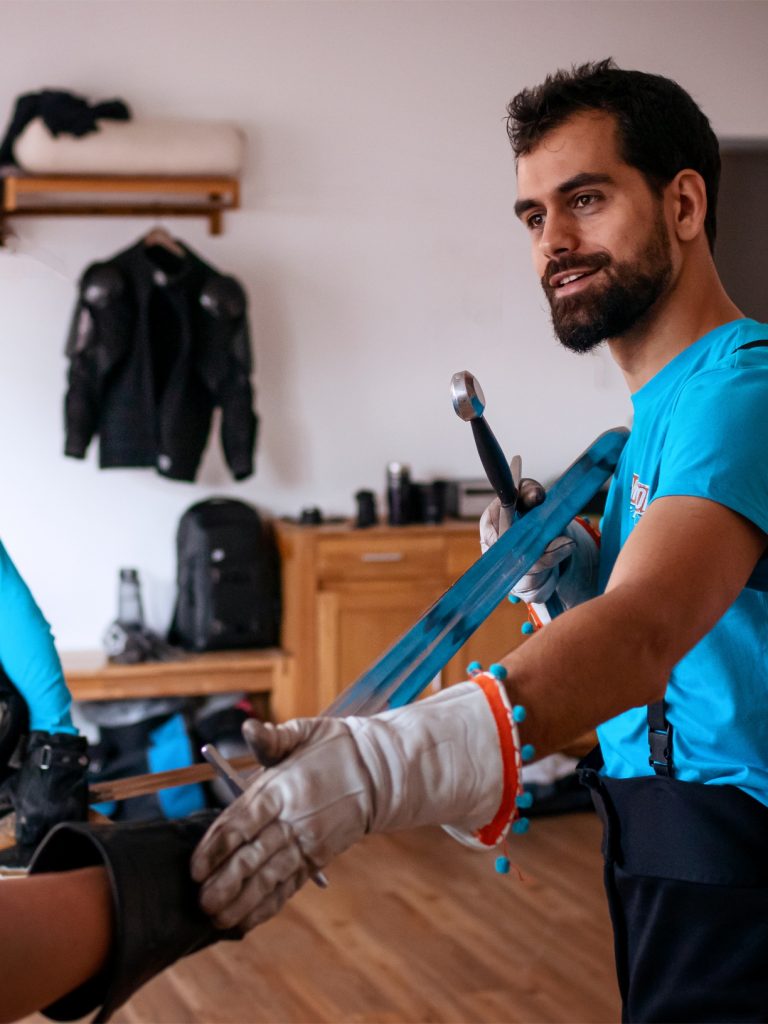
Cornelius teaching
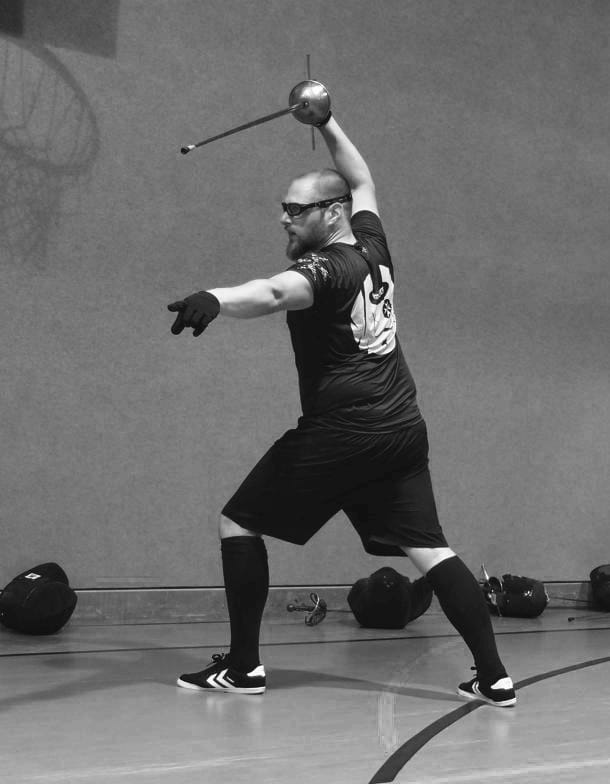
105 – punching thrust!
I want to present to you one of my favourite techniques of Godinho: the punching thrust vs armour.
This will not be a lecture or a workshop, but an open, in depth hands on discussion about a single play in a certain situation that occurs once in the whole book. So it’s my pleasure to invite you to join, discuss and to contribute whatever you can and wish to add, no matter what style you are fighting in. (Snake Style Kung Fu isn’t allowed though).
About the instructor: Elmar started HEMA 10 years ago. Since 2020 he focuses on Godinho and Fiore. He likes Star Wars.
Dürer, wrestling with Sword and Dagger
Dürer is very simply one of the finest artists to ever illustrate a fencing manual. This skill of his is of immense use for us, as it allows us to gleam minute details about direction, pressure, etc in his work.
About the instructor: Floris Gerber started with martial arts when he was 6 years old, and has not stopped since. He teaches historical swordfighting for 13 years now, specializing in longsword and wrestling. He likes to kick.
